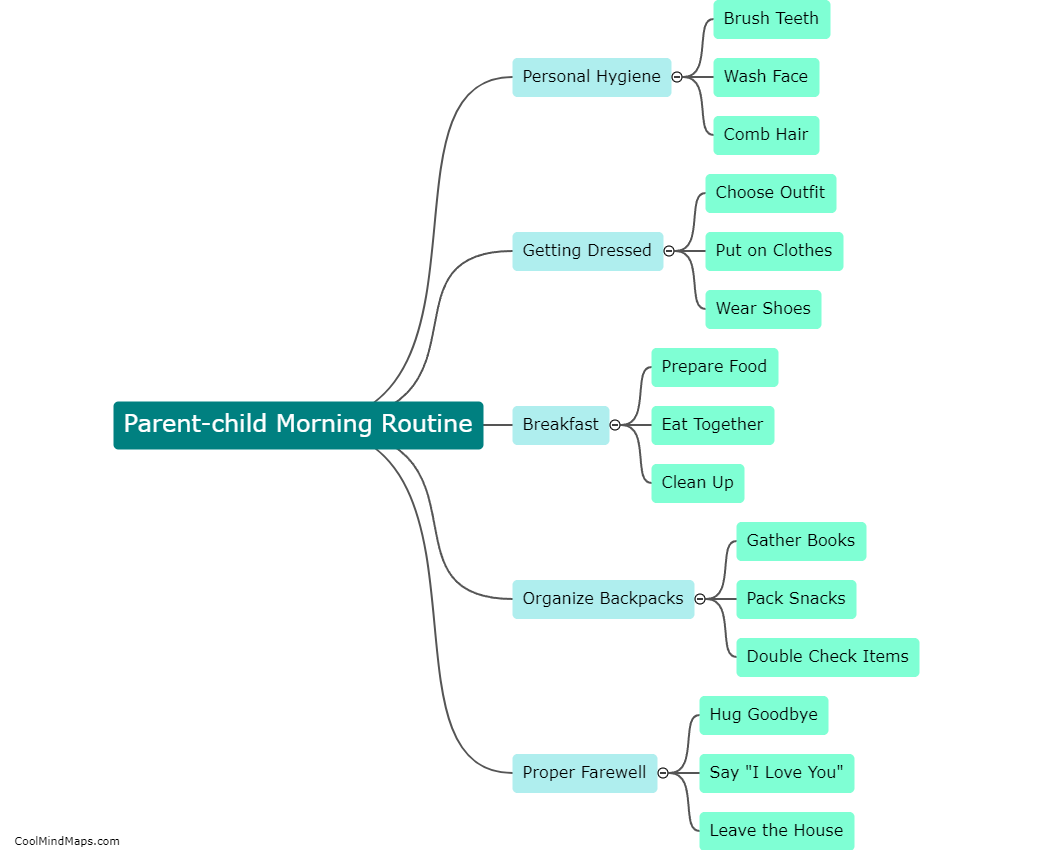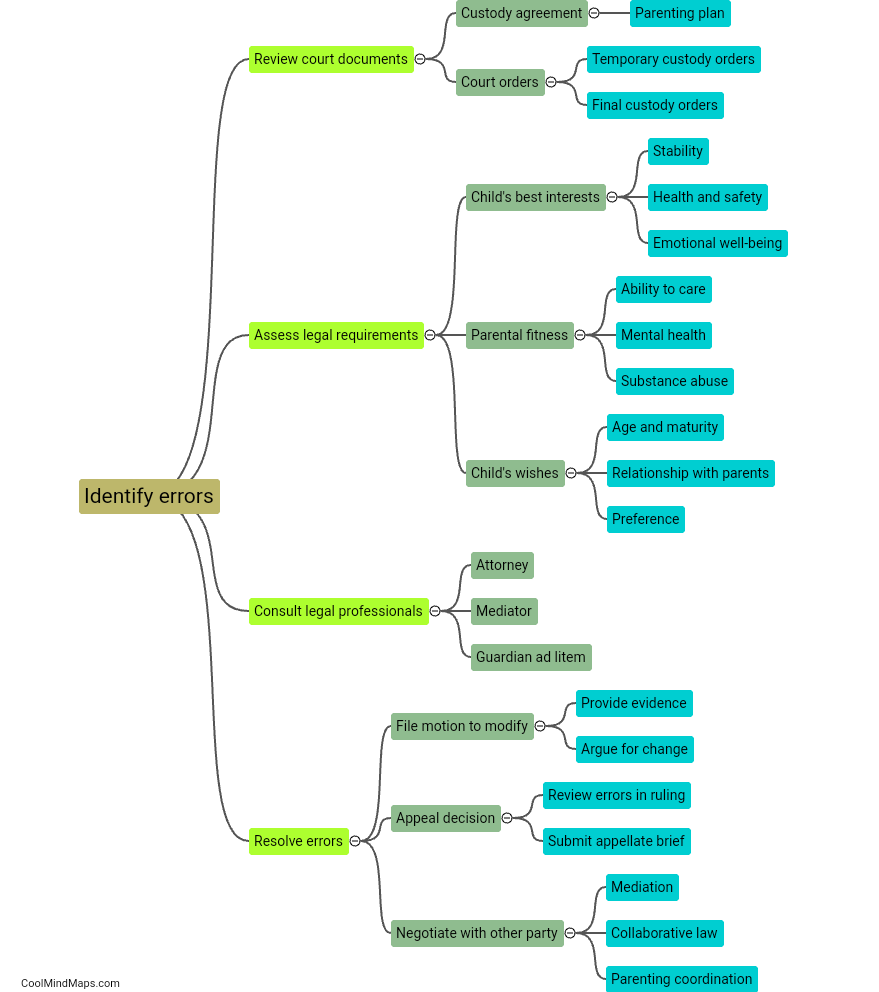How does the app adapt and learn from new cybersecurity threats?
As cybersecurity threats continue to evolve and become more sophisticated, the need for adaptive and learning mechanisms within apps becomes imperative. To tackle new cyber threats, apps employ various strategies. First, they utilize machine learning techniques to analyze and understand patterns and behaviors of known threats. This helps the app to identify and respond to similar threats in the future. Additionally, apps often have built-in features that enable them to receive real-time updates from threat intelligence sources. This allows them to learn from the latest threats and incorporate this knowledge into their defense mechanisms. Furthermore, apps may also leverage user feedback and reports of potential threats to continuously adapt and improve their cybersecurity measures. By combining these adaptive and learning approaches, apps aim to stay ahead of new cybersecurity threats and provide enhanced protection to users.

This mind map was published on 29 June 2023 and has been viewed 101 times.











